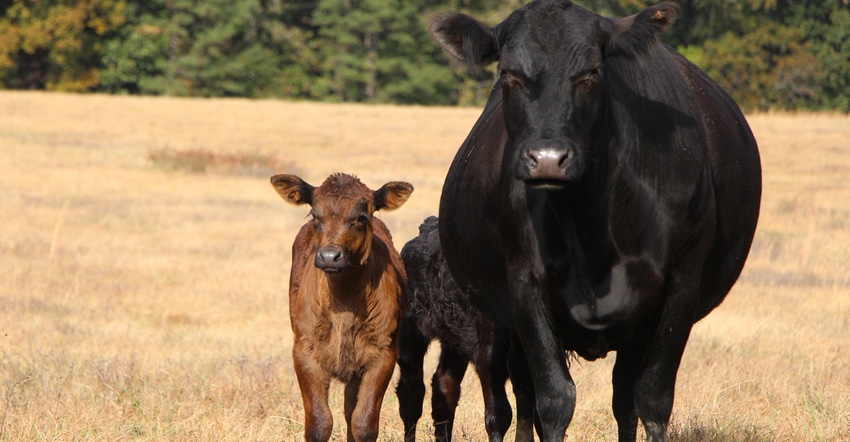Business Basics: Higher feed costs may have farmers questioning if preconditioning protocols are worth the investment.
April 25, 2022

I love spring. As grass starts to grow and cattle get turned out, it’s such a relief to put cold weather, mud and winter feeding behind us.
I enjoy seeing calves take shape and reward us for surviving another hard winter. Like many of you, I’ve taken steps to prepare my fall-born calves for success with vaccinations and deworming. But skyrocketing feed costs leave many of us wondering how much more money we should invest in preconditioning at weaning time.
According to USDA survey data, more than 70% of U.S. beef producers wean calves less than the recommended 45 days before sale date, and 43% of producers wean calves in the trailer on the way to town.
The 57% who normally attempt some preconditioning must determine whether they can afford to make those investments this year. Here are four steps producers can take to make well-informed preconditioning decisions:
1. Know the market. Since before the pandemic, producers anticipated better cattle prices. However, one black swan event after another has dashed our hopes.
First, it was the Kansas slaughter plant fire. Then, it was the pandemic. Next, growing conditions deteriorated, and China began buying more U.S. corn. Now, it’s the war in Ukraine.
Despite the setbacks, we are still in a good long-term position. Beef demand is strong, and supply will soon begin to fall. In the short term, the drought will push more product into the market as we see high levels of cow slaughter and percentage of heifers in the feedlot.
Years ago, Ron Plain, one of my mentors, would say life has very few guarantees, but we do know that a cow or heifer that is slaughtered this year is guaranteed not to calve next year.
2. Do the math. Calculating the potential profit of weaning and growing your calves bigger is not complicated. It only requires third-grade math. Essentially, compare the value of gain and the cost of gain.
Computed as a calf’s future price minus today’s price, the value of gain is highly influenced by feed prices and future expectations. As feed gets more expensive, the market pays more for heavier calves, and the price slide becomes less steep.
The futures market suggests we can anticipate better prices as we go further into the future. Although the premium you capture from preconditioning may fluctuate on any given sale day, it’s hard to argue that the market over time is rewarding producers who wean and precondition their calves.
Here’s the elephant in the room, however: Given current feed, hay and fertilizer prices, the cost of gain in a traditional system is likely higher than what any of us has ever seen. So what do we do?
3. Find your secret weapon. Throughout my career, I’ve spoken at grazing conferences from Wisconsin to Texas. No matter where I’ve traveled, I’ve found every region has its own secret weapon to add gain inexpensively at certain times of the year.
Producers in one region may heavily stock the spring flush of fescue and graze stockpiled forage in the winter. Those in other regions may rely on wheat pasture or bermudagrass as a resource. In heavy row crop areas, producers may have their cattle graze cover crops, or even standing corn or sorghum.
I have yet to find a region that does not have some type of secret weapon.
4. Sharpen your pencil. Producers in many parts of our nation are struggling with drought, so they have limited options. If you have moisture and a little extra grass, however, the market is signaling to think through how to use those resources wisely.
Although fertilizer is expensive, be careful about shortchanging your forage program. Critically compare the cost of growing a pound of energy in the form of grass compared to what it would cost to buy it in the feed bunk.
Rather than cutting back, this may be the year to try growing an energy-dense summer annual or putting out a cover crop.
Whatever secret weapon you choose to leverage, use it wisely to give the market what it wants — more gain outside of the feedlot.
Tucker is a University of Missouri Extension ag business specialist and succession planner. He can be reached at [email protected] or 417-326-4916.
You May Also Like



